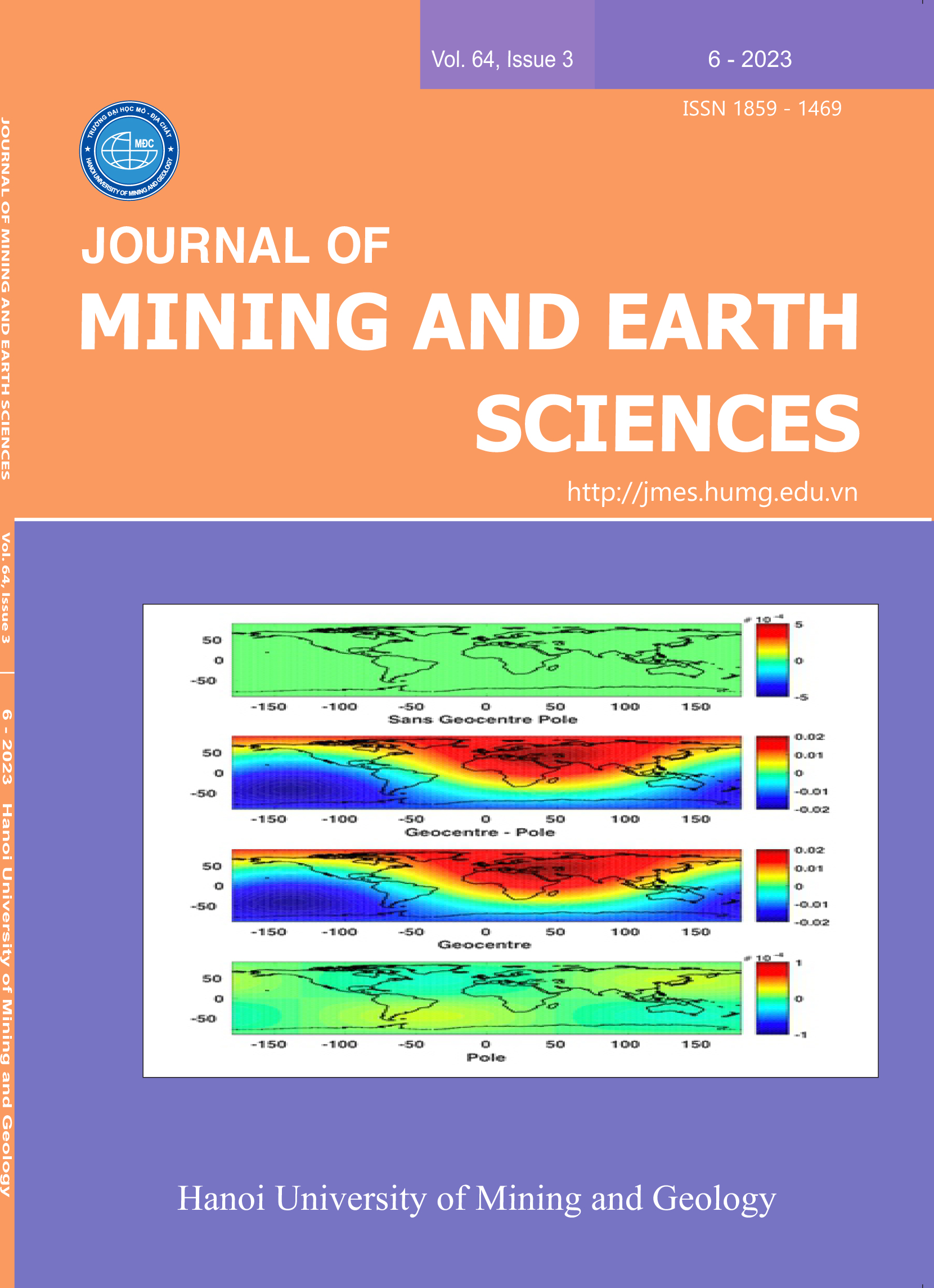Study of the urban heat island intensity using Landsat 8 in Da Nang in 2020
Tóm tắt
Monitoring spatiotemporal changes in land surface temperature in metropolitan areas is important to obtain the necessary information about environmental conditions and promote sustainable cities. Da Nang is a big city and is considered one of the tourist centers of Vietnam. Economic development and population growth lead to the expansion of urban land there. That affects the environment, especially resulting in the increase in surface temperature of the core city compared to the surrounding areas. The application of remote sensing data and techniques using thermal sensors for the estimation of land surface temperature and the formation of urban heat islands. This research aims to determine land surface temperature (LST) values and urban heat island (UHI) intensity distribution using Landsat 8 images. UHI is calculated in two steps: first, LST is calculated, and then the temperature threshold for UHI and none UHI is determined by the mean and standard deviation statistics of LST in the study area. To compute the LST, two levels of data must be processed: the NIR and RED bands from level 1 and the thermal band from level 2. The results showed the temperature in Da Nang varies from 15.7÷46.8 0C, with a significant regional temperature variance. The areas with high vegetation index had low temperatures while areas with low vegetation index had high temperatures. Non-UHI areas are present in areas with dense vegetation, dominated by Hoa Vang district and Son Tra peninsula. UHI is found in areas with temperatures more than or equal to 34.2 0C. The urban heat island has been taken play in the core of Da Nang, where the densely populated areas, industrial zones, airports, and landfill are located

